Web 3.0, the Internet’s third iteration is termed which merges data in a decentralized way for a faster and personalized UX. It’s the perfect blend of artificial intelligence, machine learning, and semantic web built on blockchain technology. The Web 3.0 infrastructure increases data security by many folds. The premise of the Semantic Web is that it analyzes the data and comprehends the meaning by itself. Its main objective is to enable machine readability on the Internet data.
Incorporating decentralization on the semantic web brings us the Web 3.0 framework. But Web 3.0 is still in its embryonic stage. We’re highlighting some of the unique features that make it the talk of the town.
Web3.0 Features:
Trustless
The users have the flexibility to connect openly and discreetly with each other without an intermediary, thereby providing a “trustless” data transition.
Openness
Web 3.0 enables users to access the internet at any time and from any location. Web accessibility will no longer be limited to computers and smartphones in the future.
Permissionless
Any user can use Web3 without the need for approval from a centralized governing entity. As a result, issues like restricted access and unfair regulations will be a thing of the past.
DAO Governance
Web3 allows smart contracts and tokens to distribute governance authority amongst the token holders in an ecosystem. This allocation of tokens will promote the protocol by holding a governance token and enjoying right to vote on propositions.
Web 3.0 Applications (dApps)
The dApps can store data on decentralized blockchains, instead of storing databases on a few central servers. This structure gives a better perception to the users of how the platforms work by eliminating even the slightest point of failure. Web3 also assures safeguards against censorship, null downtime, and enhanced transparency through decentralization.
Web 3.0 Gaming and NFTs
The gaming industry is another prospect for implications of Web3 concepts. In Web 3.0 games, the players can invest in the game, earn through the P2E model and manage the future changes in the game environment amongst themselves. Moreover, Web 3.0 and its technologies have introduced the concept of NFTs, social media content, artwork, in-game assets, etc. can be tokenized. The future of NFTs can easily be predicted by assessing their growth in the last two years only.
Concluding Thoughts
It is not speculation if we say that Web 3 will be the next generation of the internet. Web3 provides extraordinary solutions like enhanced level of data privacy, consistent service, objectivity, easy and secure data accessibility, and single profiling for utilization of all services.
It has the massive potential to revolutionize the internet space and take it to the next level. Most of the big companies of the world are already transitioning their projects from Web 2.0 to Web 3.0.
If you are thinking of participating in the next revolution of the web, then Algobitz is here to build your path. Our expert consulting services will help you to fully unlock the potential of Web 3 and blockchain technology for your organization. Our team of Web 3.0 experts will create the most suitable prototype for your project to deliver what you need, along with sharing their essential insights into your inceptive Web 3.0 projects.





